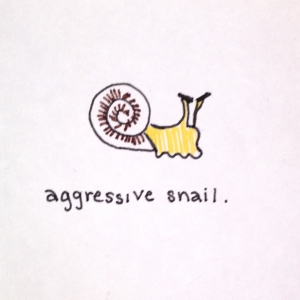Literature review// Krippendorf, Klaus (2007). “Design Research, an Oxymoron” from Design Research Now.
What was the author arguing?
Krippendorf was explaining how the design research (the design process) is fundamentally different from scientific research. It’s goals, process, and intention are different. One of his main points was that design is created for a desired future (as Herbert Simon states), where as scientific research looks to observe the present. This different goal has a waterfall affect on the design research process (some, not all of his points):
- Design puts a user/stakeholder at the center of its mission since it’s creating a preferred future for individuals. Design is social.
- Designers focus on what is variable and what can change, not what has been varied. Because of this, designers work on innovation and possibilities more than scientists might.
Krippendorf also expands upon Herbert Simon’s famous statement that designers goal is “changing existing situations into preferred ones,” say that this goal is only won part of the three motivation categories of a designer: challenge, opportunities, and possibilities of introducing variation.
challenges…troublesome conditions/problems that don’t have a solution (wicked problems). This supports Krippendorf’s argument that designers are more comfortable with unstructured problems. He claims that Simon’s problem solving would be here.
opportunities…not seen by others to do something to improve others’ lives.
possibilities of introducing variations...perhaps for the sake of doing something different. Generally open to exploring something that hasn’t been considered by others before.
Why is this relevant?
Perhaps less relevant to my actual thesis topic, but I thought it was a really interesting article in that, while making comparisons to both scientists and Herbert Simon, I got to read about how the motivations and philosophies behind design. It’s important to consider the motivations behind a design author’s actions to their user/reader since micro interactions is uniquely constantly interacting with a participant. Suguru mentioned that I would have to decide who I’m focusing on (designer, user, or both) and Krippendorf makes a strong and repetitive case for remembering stakeholders.


